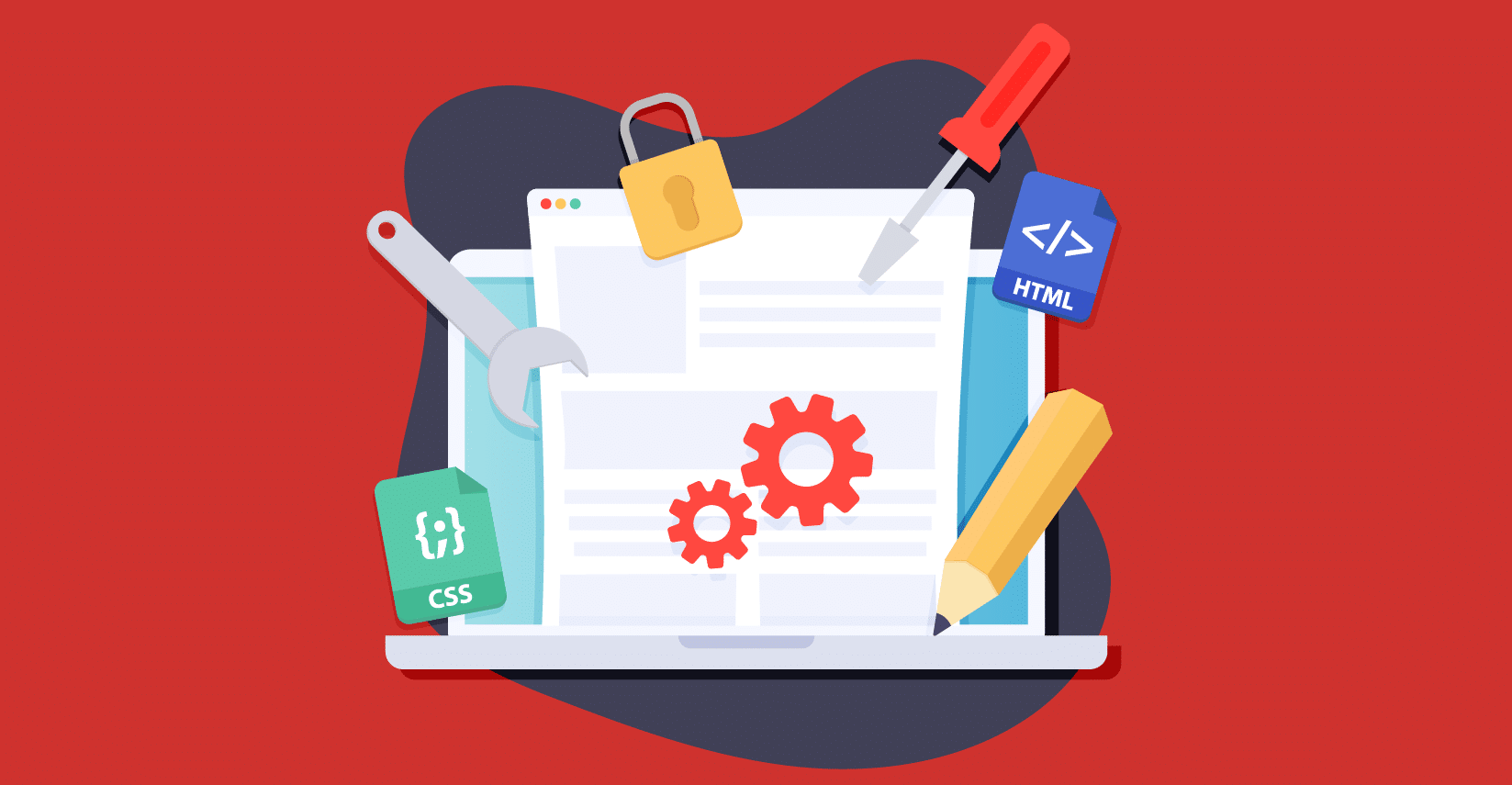When it comes to test scenarios in software testing, two terms that often get confused are test cases and test scenarios. While they are both important components of a comprehensive testing process, they serve different purposes and should be approached differently. In this blog post, we’ll explore the difference between these two components and how to effectively use them in your testing strategy.
What is a Test Case?
Test cases are individual tests that are designed to verify a specific piece of functionality or behavior within an application. They are usually written in a specific format that outlines the steps to be taken, the expected results, and any other relevant information needed to execute the test.
A test case typically includes the following elements:
- Case ID
- Cse name
- Objective
- Preconditions
- Steps
- Expected results
- Post-conditions
- Actual results
- Pass/Fail status
The purpose of is to ensure that each aspect of an application’s functionality is working as intended. By defining specific tests for each feature or function, you can easily isolate any issues or defects and ensure that they are fixed before the application is released to the public.
What are Test Scenarios?
Test scenarios are a series of test cases that are designed to check a specific feature or user flow within an application. They are used to simulate real-life situations that could occur and confirm that all the related functions are working correctly. These are usually broader in scope and can encompass multiple features or functions.
A test scenario typically includes the following elements:
- Scenario ID
- Scenario name
- Scenario objective
- Preconditions
- Test steps
- Expected results
- Post-conditions
- Actual results
- Pass/Fail status
The purpose is to ensure that an application’s functionality is working as expected in a real-world setting. Testing various user flows and scenarios can help you uncover any problems or flaws that might have been missed by testing individual test cases alone.
The Difference Between Test Cases and Test Scenarios
The key distinction between the two lies in their scope. Test cases are more focused and designed to test specific functionality or behavior, while test scenarios are broader in scope and encompass multiple features or user flows.
Another key difference is in their level of detail. Test cases are highly detailed and specific, outlining each step that needs to be taken and the expected results. Test scenarios in software testing are more high-level and may not include as much detail.
They both also differ in their purpose. Test cases are used to ensure that each individual piece of functionality is working correctly, while test scenarios are used to simulate real-world usage and ensure that all related functions are working correctly together.
How to Use Test Cases and Test Scenarios Effectively
Both of these are important components of a comprehensive testing process. To use them effectively, it’s important to understand when and how to use each one.
Test cases are best used for individual pieces of functionality or behavior. They are highly detailed and specific, making it easy to isolate any issues or defects. You should use them when you want to test a specific feature or function in isolation.
Test scenarios in software testing are best used for testing multiple features or user flows together. They are broader in scope and simulate real-world usage of the application. Use test scenarios when you want to ensure that all related functions are working together correctly.
When writing both of them, it’s important to keep them up to date as the application changes. As new features are added or existing features are modified, you’ll need to update your tests to ensure that they are still relevant and effective.
Conclusion
While they are similar in many ways, they differ in their scope, level of detail, and purpose. By understanding the difference between the two, you can effectively use them to ensure that your application is functioning correctly and delivering a positive user experience.
When planning your testing strategy, it’s important to decide which approach to use and when. For example, if you’re evaluating a new feature, you might start by writing individual test cases to ensure that the feature is working as expected. Once you’ve confirmed that the feature is functioning correctly, you might then move on to creating test scenarios that check the features in a real-world context.
Ultimately, the key to effective testing is to ensure that your tests are comprehensive, up-to-date, and relevant to the application you’re checking. By using a combination of test cases and test scenarios, you can achieve this goal and deliver a high-quality product to your users.


























